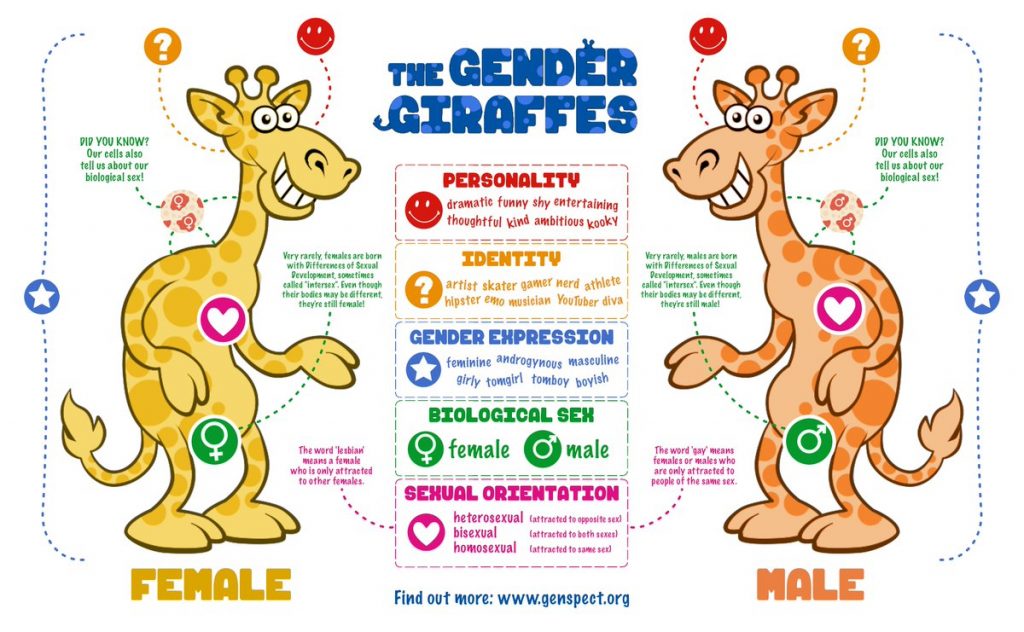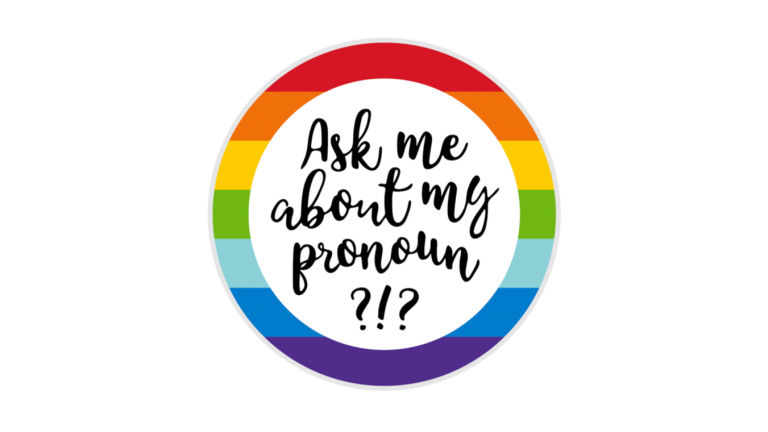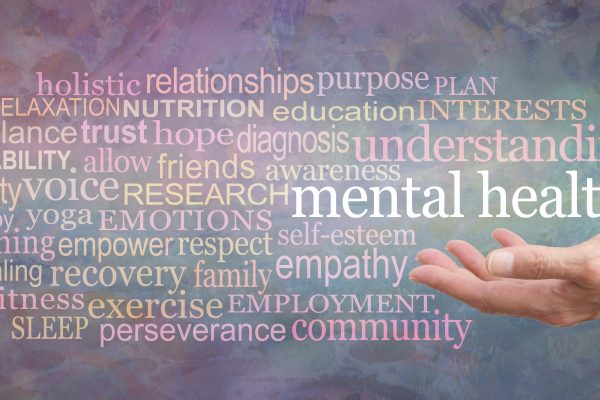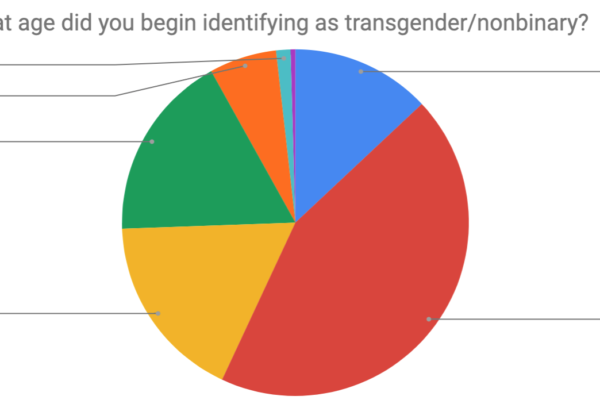Many people will agree that referring to people by the pronouns they determine for themselves is basic to human dignity. Are our public schools, however, going beyond this mandate of teaching respect and acceptance for those who are different? The usage of pronouns have evolved from neutral 3rd person substitute words to politically charged signals of one’s allegiance with liberal values and alignment with transgender rights. In elementary and secondary school settings, the pronoun has taken on new meanting for the purpose of creating political consensus and a “shared public philosophy”.
Public education is often not a neutral act.
“As stakes in power struggles, public schools are not only objects of domination and products of compromise, they are also potentially agencies for creating political consensus. Their oganization and curricula may be imposed by a dominant social group or result from accommodation among conflicting interests. They may also result from rethinking and redefining conflicting particular interests into a common public interest or reconstructing competing ideological doctrines into a shared public philosophy.”
Ronald Manzer, Public Schools and Political Ideas
The “shared public philosophy” that is being drilled into children at Canadian and most US public schools is that everyone has a gender identity, and you can only know someone’s gender identity by asking them what pronouns they use.
Some employers have started mandating their employees to include pronouns in their signature lines. Adults are being re-trained that it’s considered polite and inclusive to ask people what pronouns they use.
Pronoun usage in schools
But what of the practice of forcing children to declare their pronouns to one another? This practice is becoming more commonplace in schools as they seek to create not only recognition and acceptance for the LGBTQ2S+ community, but a common philosophy of gender.
Here’s the script: teachers in a position of authority ask elementary school-aged children coming together in a group to introduce themselves. “Please give us your name and preferred pronouns”.
Children, even at the age of 8 or 9 are expected to know what this means and be able to answer the question. But has anyone stopped to think about what they’re being asked to do?
Gender identity is a developmental issue in children. Some children have a strong sense that they “are” the opposite sex from a very early age. But it’s well researched that most of these children desist from believing that they’re the opposite sex by the time they reach puberty.
Other children don’t have such a belief but are being told that if they don’t “feel” like a typical girl or boy, then they may be transgender and can use alternative pronouns like “they” rather than “he” or “she” which are used as fairly neutral descriptors of the body they were born with.
Biology, it seems, has become taboo. Old school. In fact, many gender presentations to school-aged children use a narrative along the lines of: “In the old days, we used to think gender was just boy or girl, but now we know so much more”. Schools will sometimes position this kind of lesson as “breaking down gender stereotypes” when in fact, the message is the opposite – you are only a boy or a girl in as much as you identify with harmful gender stereotypes.
Teachers who guide children through lessons, discussions or ask students to state their pronouns outright are performing a social intervention project designed to enforce gender ideology as a replacement for the social consensus that gender is an observed and immutable characteristic that is observed by our sex. This social consensus method that most of us are familiar with allowed for the rare exception cases of transgender individuals who live as the opposite sex in adulthood. It also did not suggest to children that who they really are is dissociated from their physical reality. Girls were more free to have masculine traits and boys more free to have feminine traits when gender was not considered to be an all-important label that one must figure out and assign to oneself.
One of the most visible things that’s changed in the past 10 years as gender identity has taken over is the huge amount of social capital one enjoys by aligning oneself with the dominant liberal philosophy that gender is a social construct. Cancel culture is real. Just try being publicly critical of the woke philosophy that transwomen are women, even when they rape you with their penis.
Our public schools are making sure that the next generation will be compliant with this new way of thinking.
Therefore we’ve arrived at a place where gender identity has become the only doctrine of gender that can be permissible, observable only through the act of asking individuals which pronouns they use, and systematically taught to children.
What can be done?
There has been considerable backlash against this philosophy, as evidenced by Ontario’s election campaign several years ago when the Conservatives campaigned on a promise to repeal the sex-ed curriculum. But the outcome of any attempts to revert the curriculum have largely failed.
Gender ideology can be introduced in any subject area in Canada, and is often introduced to elementary school-aged students under the guise of “equity” and “inclusivity and diversity”, by 3rd party groups such as PFLAG, Get Real or the Canadian Centre for Sexual and Gender Diversity through special presentations usually positioned to address anti-bullying agendas, and often not disclosed to parents at all.
But alternatives are emerging. Parents who want their schools to take a more balanced approach to gender can ask them to adopt tools like Genspect’s Gender Giraffe’s.

The Gender Giraffe’s are alternatives to the Gender Unicorn and Genderbread person used in Canadian schools today. These other tools are informed by Queer Theory and position sex as something that was simply “assigned at birth” as if it can be changed as easily as putting on a new outfit.
The Gender Giraffe’s help children understand that gender and how people express their gender can be done in a myriad of ways. Identity, on the other hand, is framed as something that is more inclusive than “gender identity” and therefore does not impose a belief system on children that is ideologically motivated. Children are encouraged to think about their “identity” as being a combination of factors about themselves that is not solely derived by how they feel about their “maleness” or “femaleness”.
Why should educators be encouraged to adopt a less ideological approach to gender?
A child that adopts pronouns to signal they are a different gender is socially transitioning. This is a psycho-social intervention that, in children, is related to higher rates of persistence and managing feelings of gender dysphoria via medical interventions. (Zucker, 2020) These medical interventions are based on very poor quality evidence and several progressive countries such as Finland and Sweden are moving away from the practice of prescribing hormones and offering surgeries to young people. Certainly, the ethical implications of these medical practices require review given the unprecedented and increasing numbers of young people seeking medical gender interventions, perhaps even because of the new education happening in our schools.
In an educational setting, therefore, educators who encourage students in transgender identification introduce profound and life-changing risks.
“Educators do not have the professional training and experience necessary to guide children and parents through the difficult and potentially life-altering decisions surrounding social transition to a transgender identity, nor can they effectively fill the place of parents in the complex process of diagnosis and therapeutic support of children who suffer from gender dysphoria. Educators have a limited time of involvement with their students, whereas the children’s developmental challenges persist as they change grades or schools”
Dr Stephen Levine, MD
Expert Affidavit (JOHN and JANE DOE 1, et al., Plaintiffs, v. MADISON METROPOLITAN SCHOOL DISTRICT Defendant.)
Conclusion
Parents and educators must become more aware of the ideology that is attempting to transform how children understand themselves and their place in the world vis a vis their “gender”. Our education system is approaching gender from an ideological point of view which encourages children to adopt a transgender identity if they don’t “feel” like a typical girl or boy.
Educators should also be sensitive to the fact that adolescents who are going through phases of identity development often do not want to share their gender identity publicly. This can happen for young people questioning their gender, or for detransitioners.
As an alternative, parents can encourage schools and teachers to create a neutral space for children to explore various aspects of identity formation. A neutral environment would not include a magnifying lens on the topic of gender identity that includes the suggestion that everyone has a gender identity or asking children to state their pronouns.
There is still plenty of leeway for teachers to be supportive and respectful of students who identify as a different gender. The point is to help educators refrain from actively seeking conformity to an ideologically motivated perspective of gender that has far-reaching implications for children, their families, and the fabric of society.




Fnt